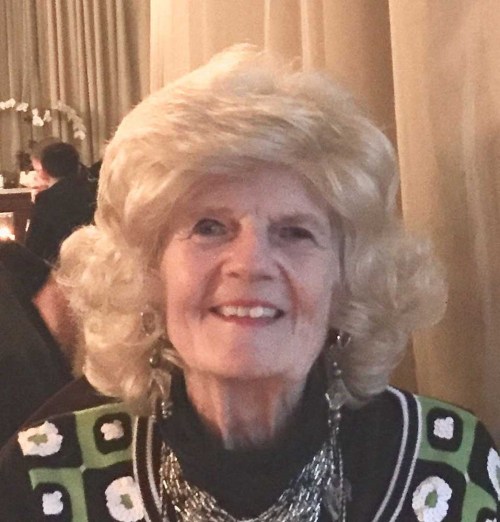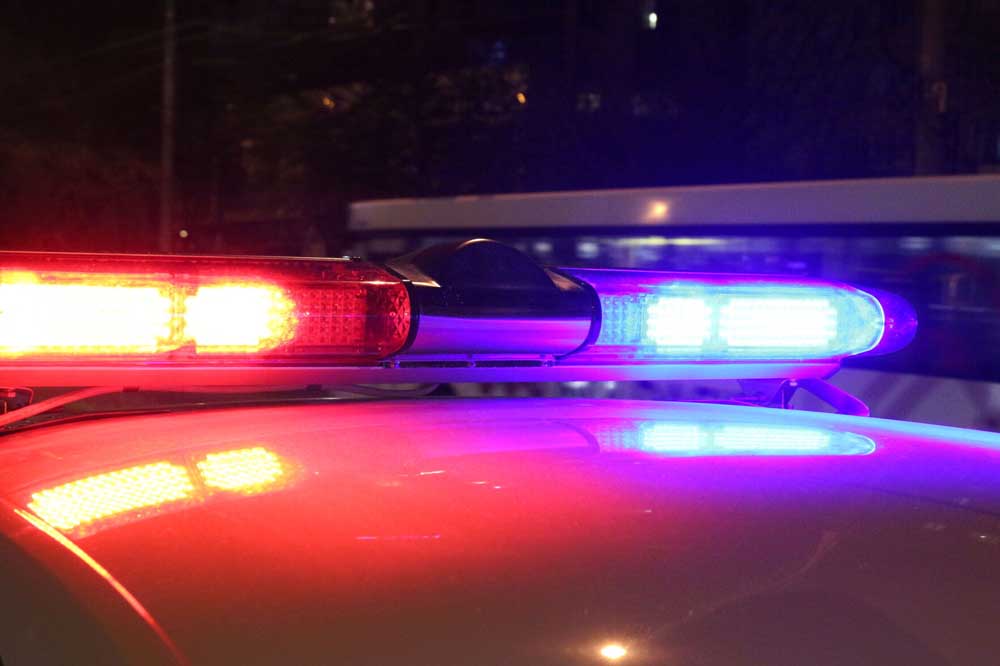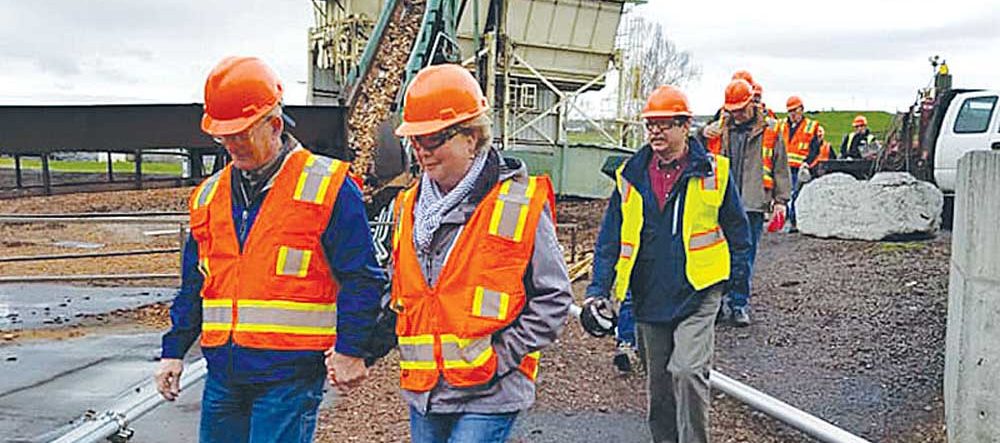Other views: The tug of forces in Taliban leadership
Published 6:00 am Saturday, August 28, 2021

- Isom
Great are the unknowns about a returned Taliban leadership in Afghanistan. Are their leaders today more worldly, peaceful and pragmatic or just using diplomatic words to mask their traditional draconian ideology and their disparate factions?
Here’s what little we do know. Continued wariness should be the watchword.
Trending
Taliban Leadership Council (“Quetta shura”): Supreme Leader Mawlawi Halbatullah Aktundzada was chosen emir in 2016 to replace deceased Taliban founder Mullah Omar. Aktundzada’s prestige as an Islamic legal scholar and judge was thought of use in keeping Taliban factions together. He is a strong proponent of the oft-used Taliban tactic of suicide bombings (his own son died as one). Yet of late, he has permitted negotiations with the U.S. and exhorted fighters to practice good governance. He reportedly lives near Quetta, Pakistan.
Deputy leader Sirajuddin Haqqani is extremely anti-American. He inherited his father’s military and intelligence network on the porous Pakistan-Afghanistan border, continuing close relations with al-Qaeda figures, as well as with Pakistan’s intelligence services. The Haqqani Network’s signature brand of urban terrorist attacks continue today, and it is a U.S.-designated terrorist organization.
Worrisomely, he and other family members are now in Kabul, expecting major roles in a new government and its security and intelligence apparatus.
Military leader Mullah Muhammad Yaqoub (in his late 30s) is the son of Mullah Omar. He is considered important as one of the architects of the recent military campaign.
Political deputy Mullah Abdul Ghani Baradar is the most public face today of the Taliban because of his highly visible diplomatic role for the Taliban, including in Doha, Qatar for the peace negotiations with the U.S. government during the Trump and Biden administrations.
I have puzzled over why Baradar is considered a Taliban moderate. He was a co-founder along with Mullah Omar of the ultra-conservative Taliban and long served as Omar’s principal deputy. Moreover, Baradar was the key military strategist for the Taliban’s coming to power in Kabul in 1996. And by the time the U.S. ousted the Taliban in 2001, he was deputy minister of defense with a reputation for brutal repressions.
Trending
In 2001 he fled to Pakistan, ever the safe haven for the Taliban, and is credited with successfully reorganizing the Taliban to fight a guerrilla war against the U.S. and NATO. Then he was arrested by the Pakistanis in 2010, undoubtedly with U.S. government pressure, and jailed for eight years, which crushed his chances of succeeding Mullah Omar in 2016.
Somber, bespectacled, with a long beard, Baradar in negotiations in Doha is described as quiet, contained and non-confrontational in tone. Other descriptions about him over the years are “cunning” and “difficult to read.”
How he relates to Emir Aktundzada, to the other deputies, to today’s younger field commanders and even to the influential Pakistan intelligence services is unknown in current Western press accounts.
Karzai/Baradar: His current image as a Taliban peace builder lie in his connections to former Afghan president Hamid Karzai (2001-14). They are Pashtuns from the very same area of southern Afghanistan and, importantly, the historical record shows several Baradar efforts to negotiate his own peace deals with Karzai, starting in 2001.
Karzai reportedly recommended Baradar as a Taliban negotiator to U.S. Ambassador Zalmay Khalilzad, who then persuaded Pakistan to release him in 2018 for the Doha talks. Khalilzad and Baradar subsequently signed the U.S./Taliban peace agreement in Doha on Feb. 29, 2020 (that the Taliban immediately labeled a US “surrender document”).
Following the Taliban’s quick takeover of Kabul on Aug. 15, Baradar has arrived for talks with Karzai and other Kabul politicians for establishing an interim government. Baradar reportedly aspires to be president.
How changed? The internationalist Taliban leadership has been adept at promoting an image of strength, moderation and claimed ability to control extremist jihadists. But on the ground in Afghanistan and Pakistan are the Taliban foot soldiers, released jihadist prisoners and newly arriving foreign jihadists who still believe in the merciless rule of old.
Disgruntled jihadists can also join the Taliban’s ultra-brutal archrival, the Islamic State (ISIS-K). It just breached Taliban security at the Kabul airport and set off the horrific Aug. 25 suicide bombings that killed 13 American military.
Can the Taliban’s leadership therefore pull together a new Afghan government to control the jihadist extremists and run a peaceful, modern-minded Afghanistan? It seems so very doubtful.
Do you have a point you’d like to make or an issue you feel strongly about? Submit a letter to the editor or a guest column.









